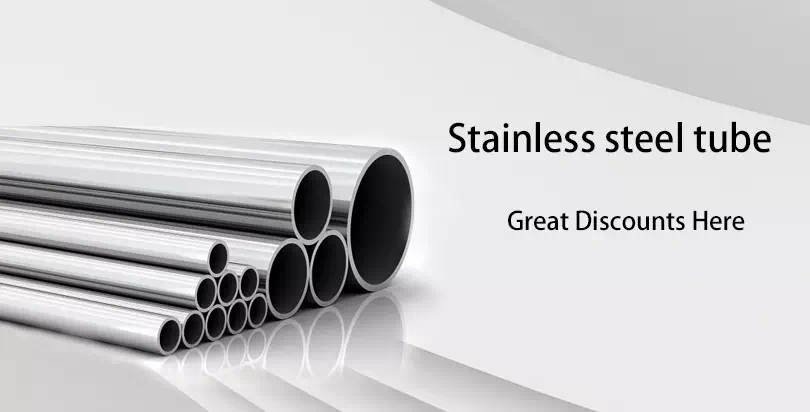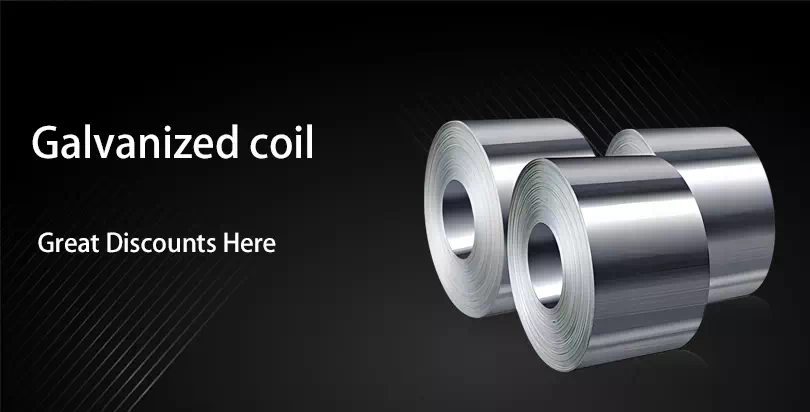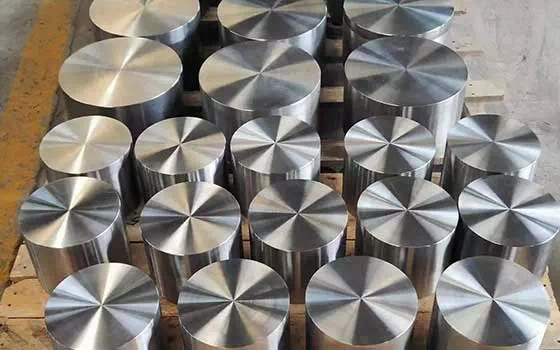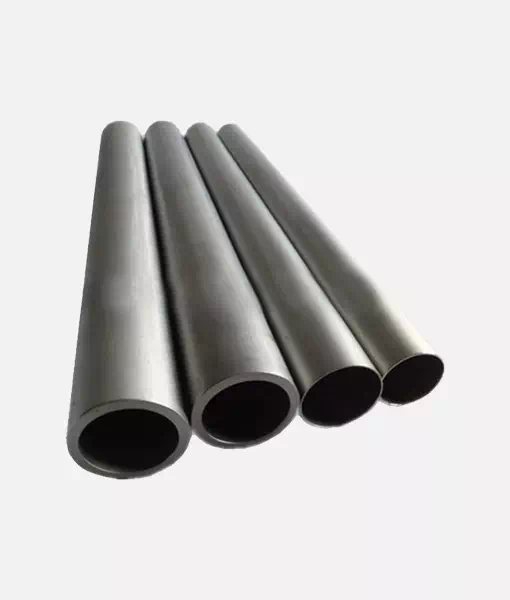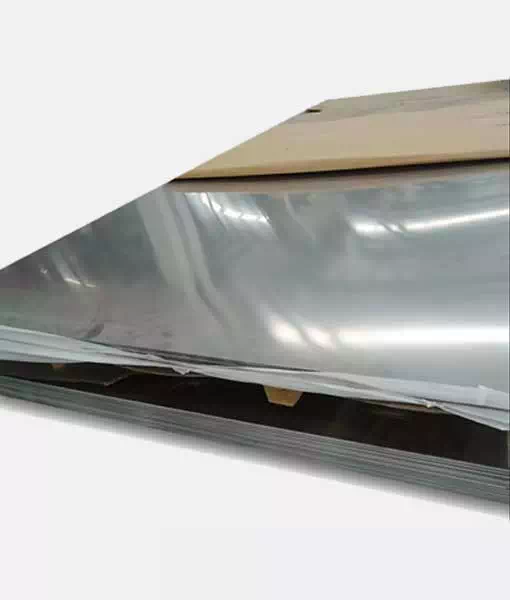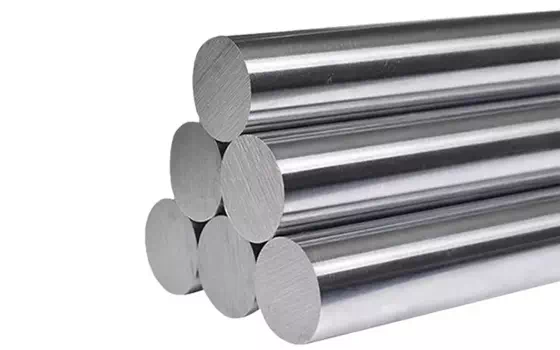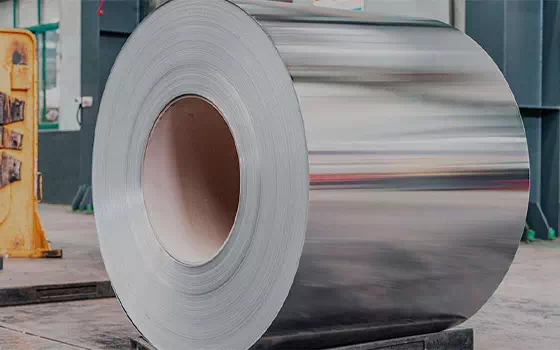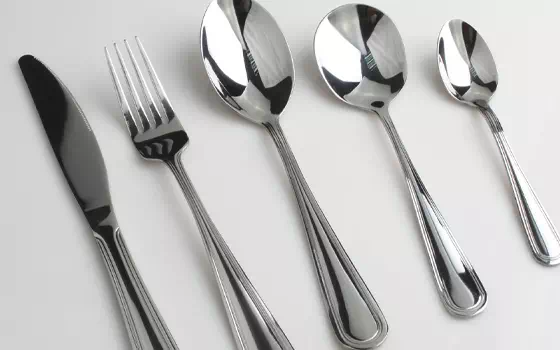Metal corrosion resistant material is a kind of material with excellent corrosion resistance. Compared with non-metal corrosion resistant material, metal corrosion resistant material mainly includes iron base alloy, nickel base alloy and active metal.
Metal corrosion resistant material is a kind of material with excellent corrosion resistance. Compared with non-metal corrosion resistant material, metal corrosion resistant material mainly includes iron base alloy, nickel base alloy and active metal.
The most common iron based alloy is corrosion resistant stainless steel, such as 300 series stainless steel 304, 316L and 317L. These stainless steels have excellent resistance to corrosive environments such as atmosphere or seawater. In addition, there are austenitic stainless steel 904L and 254SMO, which have strong corrosion resistance. Duplex steels 2205 and 2507 are also common corrosion resistant alloys, which contain the element Cu to provide better corrosion resistance.
In the industrial field, in order to obtain a series of corrosion-resistant alloys, alloying is usually used. Specifically, there are three common approaches. First, the corrosion resistance of a metal or alloy can be enhanced by improving its thermodynamic stability. This can be achieved by adding alloying elements with high thermodynamic stability to metals or alloys that are not otherwise resistant to corrosion. For example, adding Au to Cu, or adding elements such as Cu and Cr to Ni can form a solid solution and increase the electrode potential of the alloy, thereby enhancing its corrosion resistance. However, due to the limitation of the large amount of precious metals used, this method is limited in the application of industrial structural materials.
The second method is to improve the corrosion resistance of the base metal by adding an alloying element that is easy to passivate. For example, chromium stainless steel can be made by adding an appropriate amount of Cr to steel. Experiments have proved that in stainless steel, the Cr content should generally be greater than 13% to play a role in corrosion resistance, and the higher the Cr content, the better the corrosion resistance. This kind of stainless steel has good corrosion resistance in oxidizing media, but poor corrosion resistance in non-oxidizing media such as sulfuric acid and hydrochloric acid. This is because the non-oxidizing acid is not easy to make the alloy oxide film, and it also has a dissolution effect on the oxide film.
The third method is to make corrosion-resistant alloys by adding alloying elements that can promote the formation of a dense corrosion product protective film on the alloy surface. For example, steel can withstand atmospheric corrosion because of the protective effect of the dense compound hydroxyl iron oxide (FeOx·(OH)3-2x) formed on its surface. Adding Cu and P or P and Cr to the steel can promote the formation of this protective film, so as to produce low alloy steel that is resistant to atmospheric corrosion.
Metal corrosion is one of the most harmful spontaneous processes in industry, so the development and application of corrosion-resistant alloys has great social significance and economic value. The research and application of corrosion-resistant alloys can not only reduce the loss of metal materials, extend the service life of equipment, but also improve the efficiency and safety of industrial production. Therefore, the research and development and innovation of corrosion resistant alloys are of great significance to promote industrial development.


